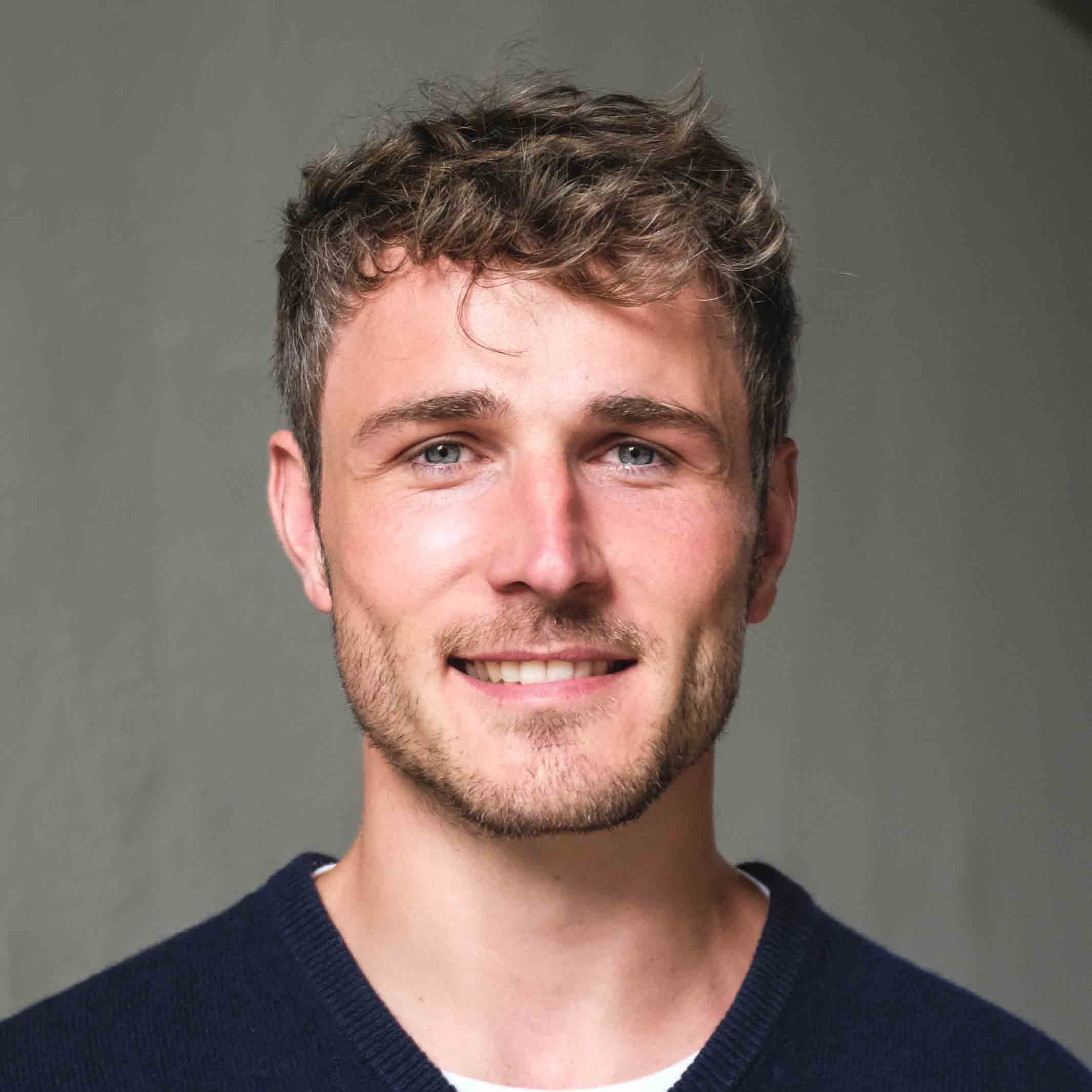As you explore the case studies and narratives shared on this blog, I would like to offer some important considerations:
Illustrative Purpose: The stories and experiences shared here are intended to illustrate the coaching journey. They are narratives that reflect common themes and outcomes in coaching, designed to provide you with insights into how the coaching might unfold.
Unique Experiences: It's crucial to remember that each individual's journey in therapy and coaching is unique. The stories presented here are not one-size-fits-all examples but rather serve to highlight the potential paths and breakthroughs that coaching and therapy can facilitate.
Not a Substitute for Professional Advice: These narratives are not intended to diagnose, treat, or provide specific guidance for personal health issues. They are educational and illustrative tools meant to offer a broader understanding of the process.
Client Confidentiality: All stories shared here are with the consent of the individuals involved, and details have been altered to protect their privacy.
Encouraging Professional Support: If you find resonance with the stories or face similar challenges, I encourage you to seek professional support. Therapy and coaching are personal journeys, and a qualified therapist or coach can provide you with tailored guidance suited to your individual needs. Feel free to reach out for personalised support.
Feedback and Questions Welcome: Your thoughts, feedback, and questions about the content shared here are always welcome. They enrich our collective understanding and provide valuable perspectives that benefit all readers.
Remember, these narratives are here to inform, inspire, and encourage reflection. They are stepping stones to understanding the profound journey of personal growth that therapy and coaching can offer.
Ayesha, a pseudonym for a previous client, faced a heart-wrenching decision after her divorce: Should she stay in Munich with her children to foster their relationship with their father, or return to São Paulo, her emotionally significant hometown? This case study explores the intricate process of how she was able to make this decision after the divorce, highlighting how hypnosystemic and embodiment coaching could facilitate this challenging journey.
Two Worlds
Ayesha's predicament was a balancing act between two contrasting worlds. On one hand, there was Munich, her home for the last five years, a symbol of stability and continuity for her children in the wake of her marital separation. On the other hand, São Paulo beckoned with its familiar allure, representing her own desires, bonds, and cultural roots. Complicating this post-divorce decision was the recent loss of her father, a turning point that introduced deep layers of grief and added responsibility to her already complex emotional landscape.
The Process of Understanding Internal Conflict
During our sessions, Ayesha embarked on a journey of deep self-exploration. We utilised the “Side Model”, an innovative therapeutic method developed by Dr Gunther Schmidt and refined by Dr Vera Popper, that focuses on giving a voice to the internal parts, longings, and emotions. It is based on the idea that we rarely experience a problem with the entirety of our being, but rather with different facets, sides, or aspects of ourselves. Let’s say you were planning to go for a walk, but the upcoming rain makes it impossible. While one part of you might still long for movement and fresh air, there might be another side that is happy to stay at home. By acknowledging and engaging with these aspects, we gain insights into our true priorities and emotions, like anger or sadness, and can use them like a compass for direction on what we really want deep down.
To do that, the hypnosystemic approach offers a fascinating method. The clients imagine aspects of themselves as being outside of them in the physical space around them. This lets the subconscious create images that carry meaning and allow for an exploration of the sides and their needs. People often see their younger or older selves, but abstract images are also common. The core of this method lies in identifying the needs, pains, and longings behind our problems, such as the need for connection, recognition, or security. This understanding helped Ayesha navigate the complexities of her unresolved post-divorce decision, leading her towards a deeper understanding and resolution of her inner turmoil.
An Inner Dialogue: The Shadow and the Old Trunk
As we began to externalise Ayesha's sides, the one wanting to stay and the other wanting to leave, two distinct symbols came to the forefront, each reflecting a different aspect of her inner world:
The Shadow in the Room
This image seemed to capture the essence of her 12-year-old self, sitting in a distant corner of the room on a weathered wooden stool, reminiscent of her childhood. She remembered feeling overlooked and unheard, a sentiment echoed by the shadow's presence. It symbolised her childhood struggles and the sense of letting her younger self down, particularly during a significant family transition. Ayesha knew now that she wanted to look after her inner child much more from now on.
The Old Trunk
This symbol was a representation of the complex, unexplored feelings related to her paternal relationship. The trunk, old and worn, possibly from an earlier era, felt too heavy to move or open. This side seemed to represent the burden of unresolved emotions and memories—too much to carry. The trunk encapsulated her concerns about her daughters' need for a paternal figure and her own unresolved feelings towards her absent father.
Then, it became crystal clear to her: the need of her children for their father was non-negotiable. While the longing for her overlooked inner self was so understandable, she couldn’t do this to her children and understood that she had to find a way to heal her inner child in a way that her children could have access to their dad.
Reconciliation: Nurturing the Inner Child
In our following sessions, we navigated through the pain that needed to be acknowledged and felt. Despite the ongoing challenges, Ayesha had come to an important realisation about the essential role of her children's father in their lives, and she was thankfully on amicable terms with him. Yet, there was still her inner child, and she was determined to never let it down again. She then focused on nurturing her inner child within the new constraints of her situation, establishing ways to care for and reconcile with this part of herself. This ongoing process started to foster a growing acceptance of her past decisions and priorities, leading to a newfound sense of self-compassion and understanding.
Towards Inner Peace
Ayesha's experience demonstrates the role of working with the subconscious and the body’s feedback. By confronting and understanding her inner struggles and the relationship between her historical and current circumstances, she gained clarity and a way forward. This process led her to a post-divorce decision that balanced her familial responsibilities with her own personal growth.
The strength of our resilience largely depends on our interactions with ourselves. Recognising and caring for our emotional and personal needs is crucial for being well and for building and maintaining healthy relationships around us. Each internal voice or aspect that comes forward is important and should be acknowledged in order to be in line with our needs. It's often a chorus of internal voices, each with something to say, that shapes our internal dialogue. Acknowledging and understanding these aspects of ourselves and helping them collaborate more in line with our needs can bring about a return to inner calm, creating a more centred and peaceful self. Hypnosystemic coaching, with its focus on harmonising these internal aspects, proves to be an effective tool in enhancing resilience, reducing stress, and navigating life's complex challenges.
If you're facing similar challenges and feel like you're not reaching your full potential, hypnosystemic coaching could be the solution you need. With my help, you can gain a better understanding of yourself and your motivations, learn to overcome your fears and doubts, and achieve your full potential. Don't let fears and doubts hold you back from living the life you want. Take the first step towards your transformation today and book a hypnosystemic coaching session with me.
Monet, C. (1872). Impression, Soleil levant [Painting]. Retrieved from https://de.wikipedia.org/wiki/Impression,_Sonnenaufgang#/media/Datei:Claude_Monet,_Impression,_soleil_levant.jpg




min